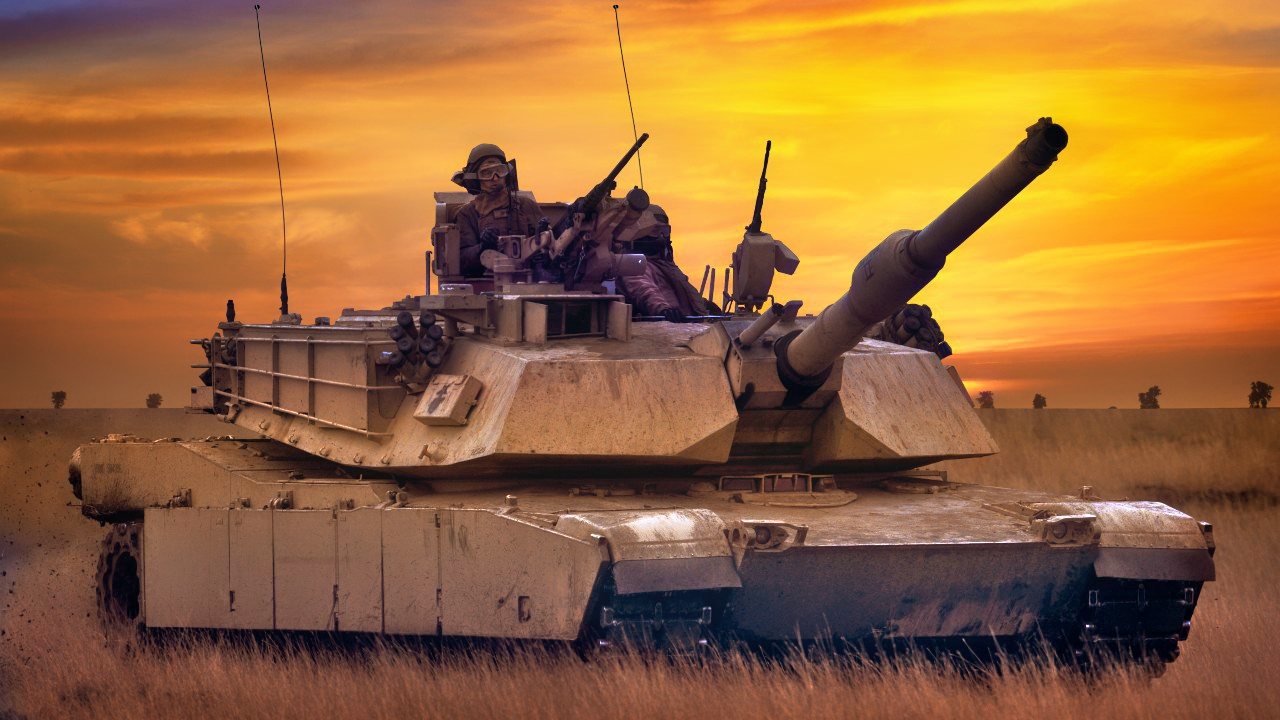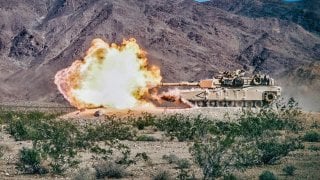Ukraine's Kursk Gambit Shattered Russian Red Lines and Exposed Western Caution
If Ukraine's offensive leads to increased military aid and a shift in Western policy toward allowing more aggressive action against Russian territory, it may prove to be a masterstroke. If not, it could be remembered as a costly gamble that weakened Ukraine's defensive capabilities without achieving its strategic aims.
Summary and Key Points: Ukraine’s Kursk Offensive aims to change the war’s dynamic by pushing into Russian territory, forcing Moscow to reallocate resources and defend its borders.

-This bold move seeks to expose the hollowness of Russia’s “red lines” and bring the war to Russian soil, while also boosting Western support for Ukraine ahead of the U.S. elections.
-However, it comes at a high cost, with 10,000 to 15,000 Ukrainian troops committed, weakening Ukraine’s defenses in Donetsk.
-Whether this gamble succeeds depends on its ability to shift Western policies and secure more military aid, or it risks being a costly but politically ineffective move.
Ukraine’s Kursk Offensive: Game-Changer or Costly Gamble?
Ukraine, facing a war of attrition and struggling against Russia's slow but relentless advance, needed to seize the initiative. The offensive into Kursk serves multiple strategic purposes: it exposes the hollowness of Russia's "red lines," demonstrates Ukraine's ability to take the initiative in Russian territory, and aims to force a reallocation of Russian resources away from other critical fronts.
However, this high-stakes operation comes at a cost. Military experts Michael Kofman and Rob Lee estimate that 10,000 to 15,000 Ukrainian soldiers, including some of their best troops, have been committed to this offensive. This reallocation of forces has inevitably weakened other areas of the front, particularly in Donetsk Oblast, where Russia has made significant advances and is within a few kilometers of the critical logistics hub of Pokrovsk.
If Pokrovsk falls, it will greatly simplify Russia’s efforts to capture the remainder of Donetsk Oblast. Military expert Mykhaylo Zhyrokhov said that if Ukraine loses Pokrovsk, “the entire front line will crumble.”
Ukraine is betting that the strategic gains from the Kursk offensive will outweigh the potential losses elsewhere. By forcing Russia to defend its territory, Ukraine hopes to relieve pressure on other fronts and potentially create opportunities for future counteroffensives.
Moreover, this offensive also has a political purpose. It aims to reinvigorate Western support for Ukraine at a time when aid fatigue is setting in. By demonstrating its ability to take the fight to Russian soil, Ukraine is sending a powerful message to its allies: with proper support, victory is possible ahead of the upcoming U.S. presidential elections. Otherwise, given how cheap life is to Russian leadership and with enough glide bombs being dropped on Ukrainian positions, it would only be a matter of time until Russia takes more and more of Ukraine. Something needed to change, as a war of attrition only favors Russia.
The timing of this offensive, coinciding with the lead-up to the U.S. presidential election, is no coincidence. President Volodymyr Zelenskyy's announcement of a secret plan for victory, to be presented to both current and potential future U.S. leaders, is a clear attempt to make support for Ukraine a key election issue.
The Kursk Offensive has the potential to be a game-changer in a larger sequence of events, much like the Tet Offensive was for Vietnam in 1968. By demonstrating its ability to bring the war to Russia, Ukraine hopes to trigger a chain reaction that could alter the course of the war such as removing the restrictions of using Western weapons to strike at Russia. For example, the Wagner coup attempt of 2023 brought the world to the brink of a black swan event that nearly changed the outcome of the war overnight.
However, the success of this strategy remains to be seen. While the offensive has shifted the narrative and boosted morale, with recent polls showing a majority of Americans believing Ukraine is winning the war for the first time since November 2023, it has yet to translate into concrete gains on the ground or significant changes in Western policy. The Biden administration, along with some Western allies, continues to impose restrictions on Ukraine's ability to strike deep into Russian territory.
This cautious approach, aimed at avoiding escalation and preserving the possibility of future diplomatic relations with Russia as desired by the Biden administration, may ultimately undermine Ukraine's ability to capitalize on its bold offensive.
As we look to the future, the success of the Kursk offensive will likely be judged not by territorial gains, but by its impact on Western support and Russian strategy. If it leads to increased military aid and a shift in Western policy toward allowing more aggressive action against Russian territory, it may prove to be a masterstroke. If not, it could be remembered as a costly gamble that weakened Ukraine's defensive capabilities without achieving its strategic aims.
Only time will tell if the gamble was worth it for Ukraine, but it is running out of both time and options. The West must now recognize that acting as escalation managers and undermining Ukraine’s ability to fight only plays into the fear Russia seeks to instill. For now, the Biden administration and some of its Western partners insist on protecting Russian warplanes instead of Ukrainian civilians. However, throughout its history, Russia has respected strength, not weakness. History repeatedly demonstrates that appeasing aggressor states leads only to greater wars.
About the Author
David Kirichenko is a freelance journalist and an Associate Research Fellow at the Henry Jackson Society, a London-based think tank. He can be found on the social media platform X @DVKirichenko.
Image Credit: Creative Commons and/or Shutterstock.


